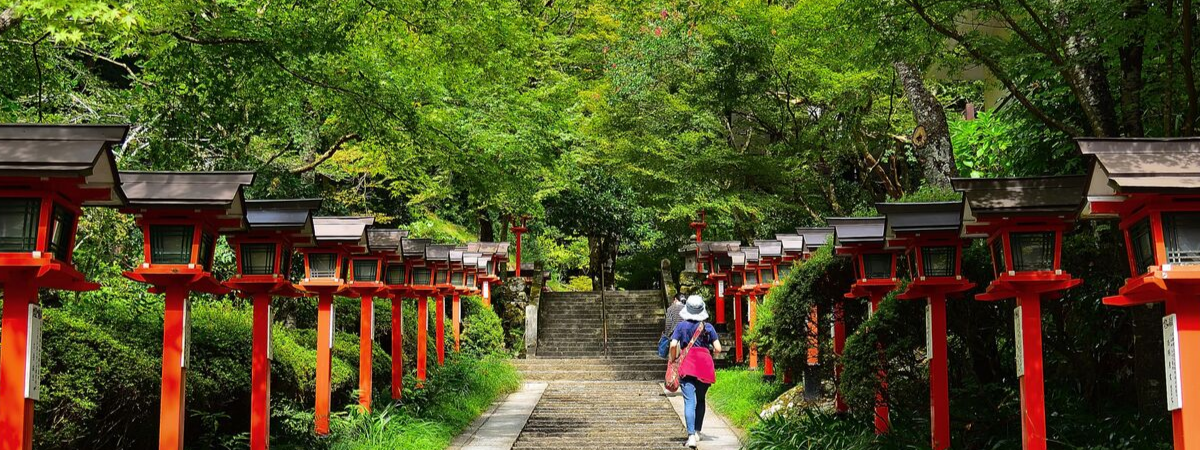Intangible cultural heritage and the five best examples in the world
Intangible cultural heritage and the five best examples in the world

Museums and Tourism: Inseparable Allies .
16/09/2019
Gastronomy, experience and memories of travelers
24/10/2019Intangible cultural heritage and the five best examples in the world

The United Nations Educational, Scientific and Cultural Organization (better known as UNESCO) has two programmes that protect the world heritage. The best known is the programme developed by the World Heritage Centre which manages the ‘World Heritage List’. This list includes the world’s most important cultural, natural and mixed sites, which represent a great universal value and a major tourist attraction.
On the other hand, UNESCO also protects the most characteristic oral and intangible heritage practices of the different communities and cultures of the world, which are included in the ‘Representative List of the Intangible Cultural Heritage of Humanity’. These customs are also a great tourist attraction for those who want to live their travels in a more authentic way.
According to the Convention for the Safeguarding of the Intangible Cultural Heritage of 2003, these traditional practices are divded into five different categories: oral traditions and expressions, including language as a vehicle of the intangible cultural heritage; performing arts; social practices, rituals and festive events; knowledge and practices concerning nature and the universe; and traditional craftsmanship. So, the list includes, among their 508 currently recorded practices, the most exotic and interesting customs imaginable. Let’s take a look at some of them:
- Beer culture in Belgium
Belgium
Inscribed in 2016 into the representative list as part of three categories: social practices, rituals and festive events; knowledge and practices concerning nature and the universe; and traditional craftsmanship.
Beer making is highly considered in the Belgian community and plays an important role in the daily life and festive events as well as in the culinary tradition of the country. There are 1500 kinds of beer made with different types of fermentation and many of them have developed a sustainable production process. Regarding social actions, it should be highlited the donation to charitable associations by the Trappist beer makers. To know more
- Yoga
India
Inscribed in 2016 into the representative list as part of four categories: social practices, rituals and festive events; knowledge and practices concerning nature and the universe; performing arts; and oral traditions and expressions.
Although yoga is practised worldwide nowadays, in India it is an ancient practise traditionally taugth by gurus. Yoga is based in the unification of the mind, body and soul in order to improve the mental, physical and spiritual wellbeing through a series of poses, meditation, controlled breathing and other techniques. To know more
- Gada system, an indigenous democratic socio-political system of the Oromo.
Ethiopia.
Inscribed in 2016 into the representative list as part of four categories: social practices, rituals and festive events; knowledge and practices concerning nature and the universe; performing arts; and oral traditions and expressions.
Gada is a traditional system of governance used by the Oromo people in Ethiopia that regulates political, economic, social and religious activities of the community protecting the ethics and culture of the people. Oral historians are in charge of transmiting the knowledge about history, laws, rituals, time reckoning, cosmology, myths, rules of conduct and the function of the Gada system. To know more
- Baile Chino
Chile
Inscribed in 2014 into the representative list in the category of social practices, rituals and festive events.
Traditional of the Norte Chico area and the central region of Chile, this cultural expression is performed by men from rural areas and acompannied by women, representing their faith through pre-Columbian music, dances, acrobatics and chants to celebrate the conmemorative festivities. The dances and chants are learnt in the family through direct observation and imitation. These performances are an important instrument of inclusion into the social life of the community and provide prestige to those involved. To know more
- Nôgaku theatre
Japan
Inscribed in 2008 (although originally proclaimed 2001) into the representative list in the categories of traditional craftmanship, oral traditions and expressions, and performing arts.
Nôgaku theatre, originated in the 8th century, is the principal form of Japanese theatre. This type of theatre is based on tales from traditional literature and is represented using masks, costumes and accessories that merged with the dance in order to represent the stories of the ordinary people of the 12th to 16th centuries in the ancient language. To know more
Cristina Valilla
Travel Marketing Team


 All the news
All the news  Back to newsroom
Back to newsroom

